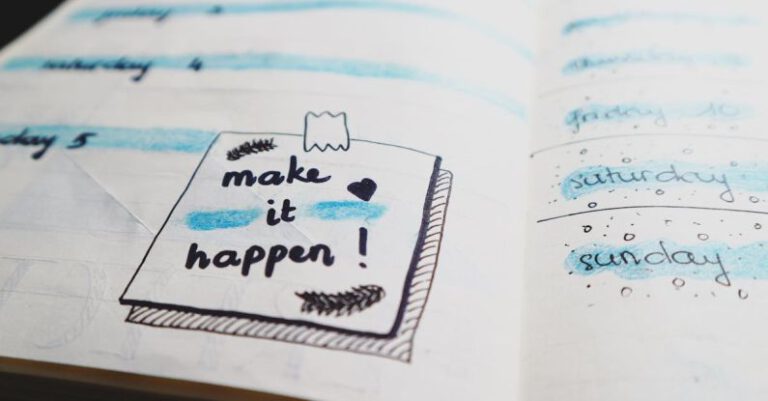What Are the Techniques for Scaling up Tape Art Projects

Tape art, a form of urban art that uses adhesive tape to create intricate designs and murals, has gained popularity in recent years for its versatility and temporary nature. Artists often start with small-scale projects before moving on to larger installations. Scaling up tape art projects requires a different approach and set of techniques to ensure a successful execution. In this article, we will explore some of the techniques that artists can use to scale up their tape art projects effectively.
**Planning and Preparation**
Before embarking on a large-scale tape art project, thorough planning and preparation are essential. Begin by creating a detailed sketch or digital design of the intended artwork. This will serve as a roadmap for the project and help in visualizing how the design will look on a larger scale. Consider factors such as the dimensions of the space, the surface texture, and any obstacles that may affect the installation process.
**Choosing the Right Tape**
The type of tape used in a tape art project can significantly impact the outcome and longevity of the artwork. When scaling up a project, opt for high-quality tape that is durable and can withstand outdoor elements if the installation will be exposed to the weather. Consider using a variety of tape widths and colors to add depth and dimension to the artwork.
**Collaboration and Teamwork**
Large-scale tape art projects often require a team of artists working together to complete the installation efficiently. Collaborating with other artists can bring fresh ideas and perspectives to the project, leading to a more dynamic and visually appealing artwork. Assigning specific tasks to team members based on their strengths and skills can streamline the installation process and ensure that the project stays on track.
**Utilizing Technology**
Technology can be a valuable tool in scaling up tape art projects. Use digital design software to create intricate patterns and designs that can be translated onto a larger scale. Some artists even use projectors to project the design onto the installation surface, making it easier to trace and apply the tape accurately.
**Adapting to the Environment**
When working on a large-scale tape art project outdoors, artists must be prepared to adapt to the environment and unexpected challenges that may arise. Factors such as wind, rain, and uneven surfaces can impact the installation process. Have contingency plans in place and be flexible in adjusting the design if needed to accommodate any environmental constraints.
**Maintenance and Preservation**
Once a large-scale tape art project is completed, proper maintenance and preservation techniques are crucial to ensure the longevity of the artwork. Consider applying a clear sealant over the tape to protect it from UV rays and moisture. Regular inspections and touch-ups may be necessary to keep the artwork looking its best over time.
**Innovating and Experimenting**
Scaling up tape art projects offers artists the opportunity to innovate and experiment with different techniques and styles. Don’t be afraid to push the boundaries of traditional tape art and explore new ways of creating dynamic and engaging installations. Embrace mistakes and imperfections as part of the creative process, and use them to fuel your artistic growth.
**Embracing the Impermanence**
One of the unique aspects of tape art is its impermanence. Large-scale tape art projects may only be temporary installations, meant to be enjoyed for a limited time before being removed or replaced. Embrace this aspect of tape art and see it as an opportunity to create fleeting moments of beauty and creativity that leave a lasting impact on viewers.
In conclusion, scaling up tape art projects requires careful planning, collaboration, adaptability, and a willingness to innovate. By following these techniques and embracing the challenges of working on a larger scale, artists can create stunning tape art installations that captivate audiences and push the boundaries of this dynamic art form.





